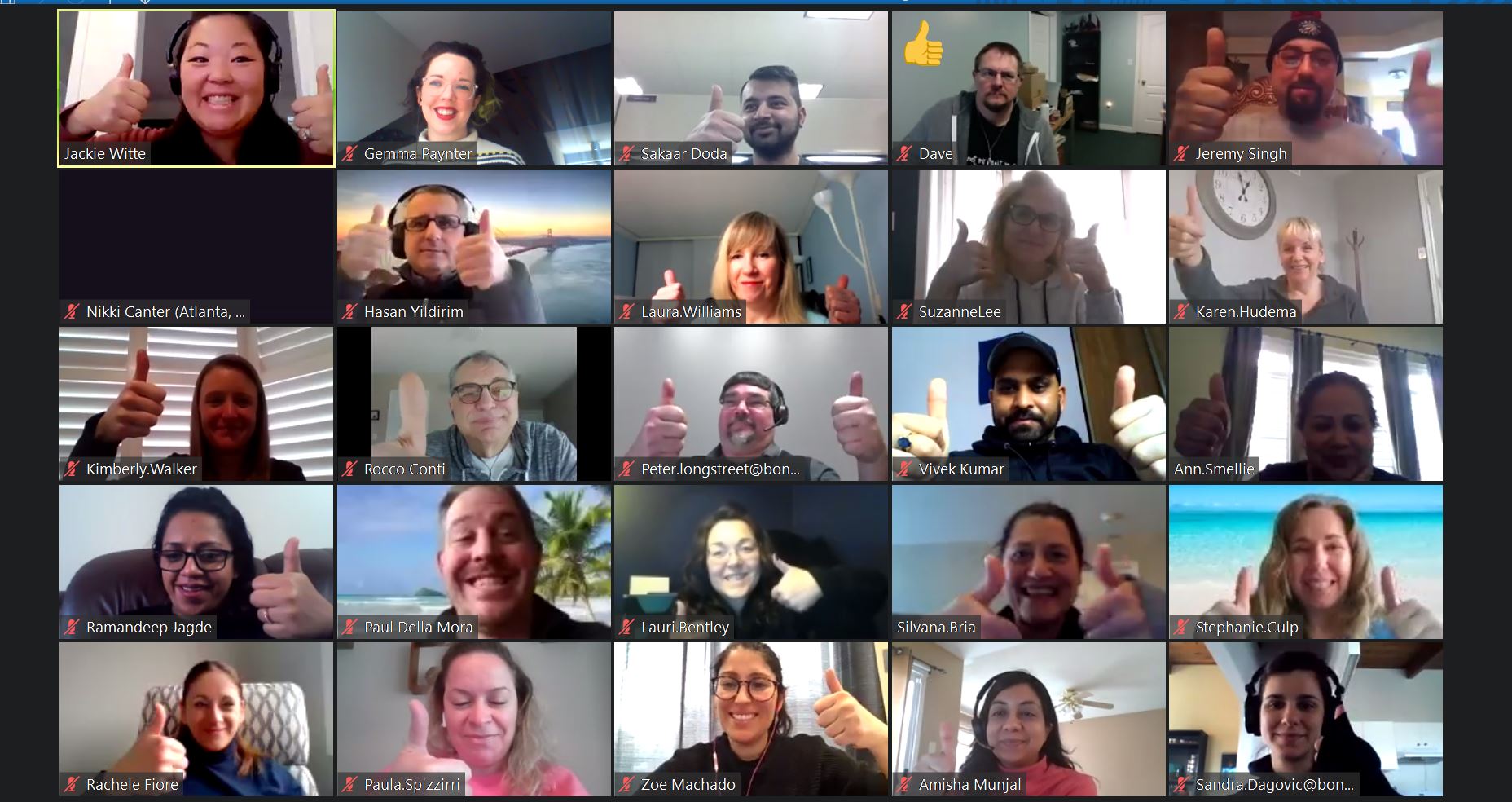Content Writer
Blog
With the online holiday shopping frenzy just around the corner, Bond announced our truly exciting partnership with Uber Direct, Uber’s retail-focused delivery service that just launched in Canada.
Holding on to customer loyalty will be a steep hill to climb as the sale of MEC will see it become a privatized company. This is a critical change to the type of business MEC had promised its customers who essentially are their owners – taking away their democratic decisioning power and putting its core promise of a socially conscious retailer at risk.
There is no easy way to predict what’s next in this pseudo post-pandemic world but, when it comes to events, the future is already here…and there.
The impact of COVID-19 has arguably hit the aviation industry harder than any other. According to The International Civil Aviation Organization, by the end of 2020, we could see reductions of up to 1.5 billion passengers globally, leaving airlines and airports facing a potential loss of revenue of up to USD 314 billion and USD 100 billion, respectively.
In today’s fast-moving world, speed to insights is critical to the success of a brands’ personalization and customer engagement initiatives. But how can marketers win the race?
We sat down with Francis Silva, our VP of Data & Analytics, to learn more about the challenges with today’s personalization models, and how Bond’s innovative new Model Factory helps businesses solve complex challenges and get to the finish line by using insights faster and more efficiently.
As consumers, our grocery shopping behaviors and experiences have been drastically altered as a result of COVID-19. Grocers have had to make unprecedented changes to the shopping experience in order to safeguard their employees and customers. Unsurprisingly, it is expected that many of these changes will continue to persist and that new ones will form in a post COVID-19 era. Many believe that the grocery experience that we know and have come to take for granted, will be forever changed, as a result of the pandemic.
In order to understand which behaviors and experiences will stick and what else we can expect to change in a post COVID-19 world, it is important to first examine how consumers have been impacted during the pandemic, and what new realities have dramatically changed the current grocery shopping journey.
When you work in corporate event production and live brand experiences, you’re always in motion.
There are millions of reasons companies need to get serious about data privacy—and that’s no exaggeration.








.jpg)


